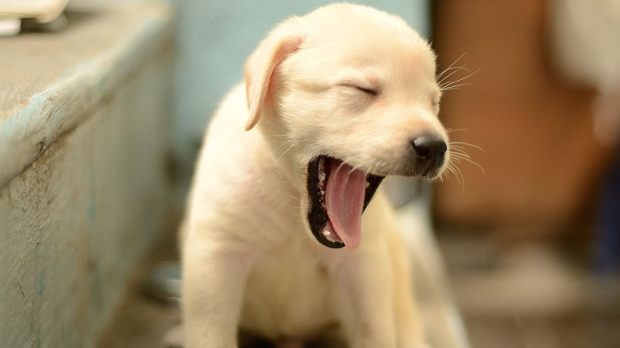Does your dog have a human name? A typical dog name, such as Rover? Or a name that says something about his special character, such as Dash?
There’s plenty of medieval precedent for our modern ways of naming our pet dogs. There are records preserved from the Middle Ages showing all kinds of interesting pet names for Man’s Best Friend.
“Scattered in various texts and remains from the Middle Ages … research by Kathleen Walker-Meikle has uncovered several examples of medieval pet names,” reports Medievalists.net. Kathleen Walker-Meikle is author of Medieval Pets.
“In England we find dogs that were named Sturdy, Whitefoot, Hardy, Jakke, Bo and Terri,” reports the website specializing in all things medieval. “Anne Boleyn, one of the wives of King Henry VIII, had a dog named Purkoy, who got its name from the French ‘pourquoi’ [‘Why?’] because it was very inquisitive.”
In the “Canterbury Tales,” Geoffrey Chaucer names three dogs: Colle, Talbot and Gerland. But from the early 15th century, Edward, Duke of York provides a goldmine of names in The Master of Game, which explains how dogs are to be used in hunting and taken care of. He includes a list of 1,100 names that he thought would be appropriate for hunting dogs, such as Troy, Nosewise, Amiable, Nameles, Clenche, Bragge, Ringwood and Holdfast.
Another list, not quite so large, comes from Switzerland, where 80 dogs took part in a shooting festival in the year 1504. Names included Venus, Fortuna, and Turgk.
“Some dogs got their names from the work being done by their owners: Hemmerli (Little Hammer) belonged to a locksmith, while Speichli (Little Spoke) belonged to a wagoner,” Medievalists points out.
The most popular name at the festival, however, was Furst, which is German for Prince, which shows that it’s not a merely modern trait to treat our dogs like royalty.
In fact, the ruling class was doing so way back when. Ludovico III Gonzaga, ruler of the city of Mantua from 1444 to 1478, has at least two dogs—Rubino and Bellina. When Rubino died, Ludovico ordered that he buried in a casket and made sure that the animal would also get a tombstone.

